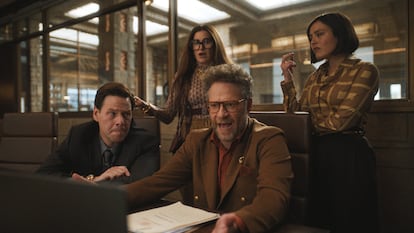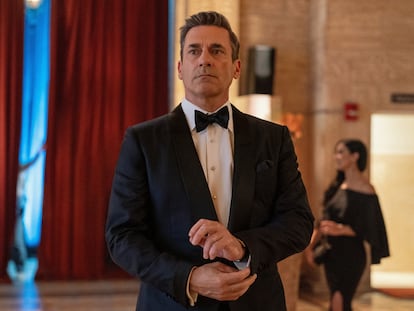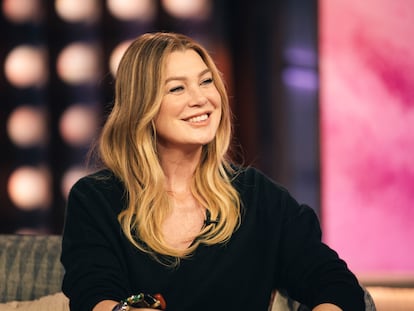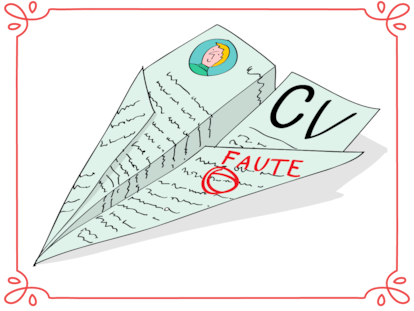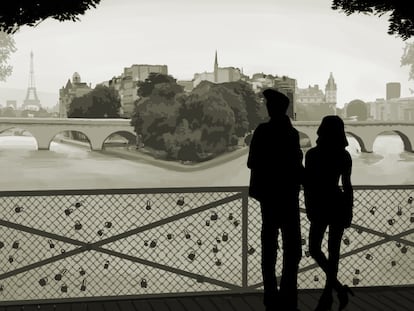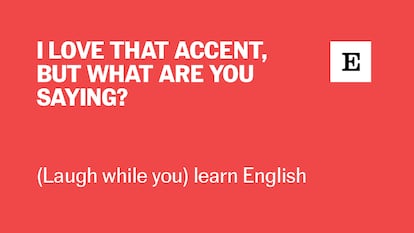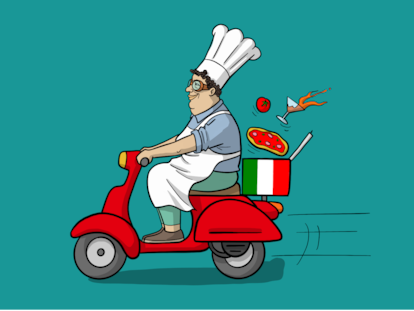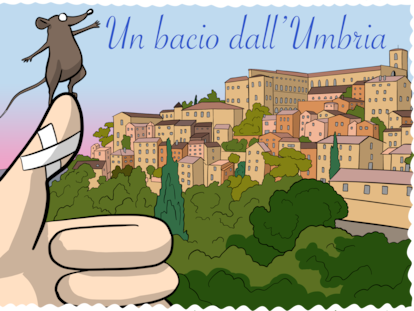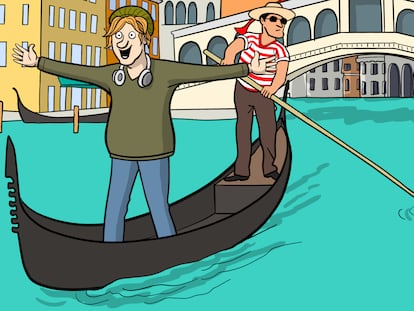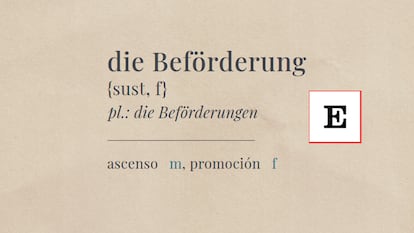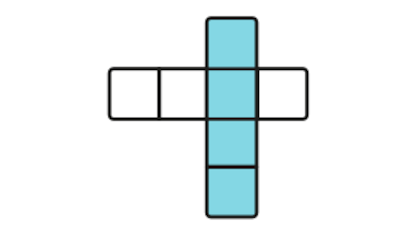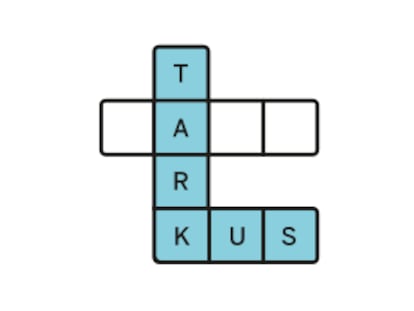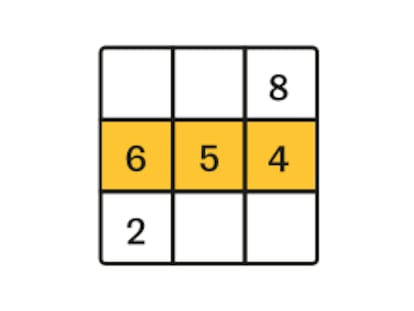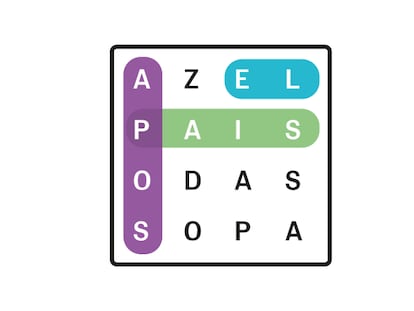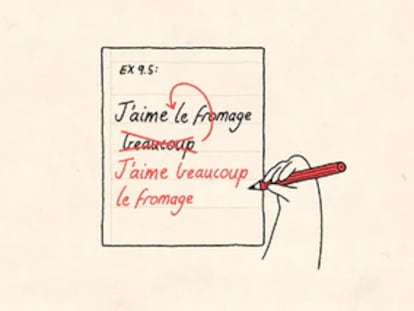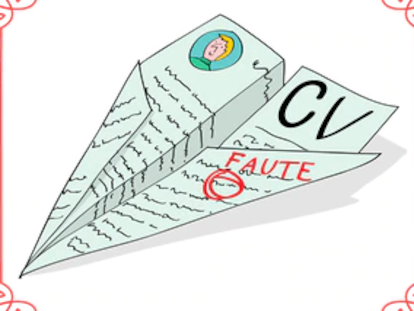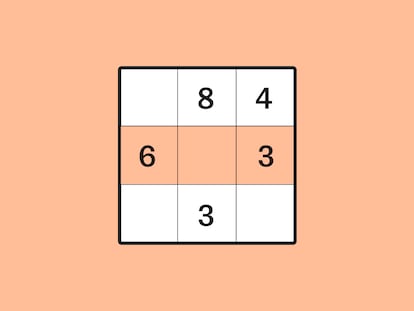Inside ‘The Studio’: A satire of Hollywood’s hectic and high-stakes world
EL PAÍS talks to Seth Rogen, the creator, director and star of a show about the day-to-day life of a movie studio executive. The series features dozens of cameos such as Martin Scorsese, Steve Buscemi, Olivia Wilde and Charlize Theron
Behind the spotlight and the glow of red carpets, Hollywood conceals a backstage that is far from glamorous and steeped in pragmatism, where an army of executives and producers manage budgets, navigate communication crises, and contend with colossal egos. It is here, within the offices of a major film, where the action of the Apple TV+ series The Studio unfolds. Each half-hour episode follows the newly appointed head of Continental Studios, a man who still views cinema as an art form but faces the harsh reality of a business that, to survive, depends on the success of superheroes, sequels, and films based on major franchises.
This satire, where each episode centers around a phase of the movie production process and the myriad problems that can arise, has its roots in the Covid-19 lockdown when comedian Seth Rogen rewatched The Larry Sanders Show, a 1990s comedy about the behind-the-scenes of a late-night TV show. He thought the tone and style of that classic could be adapted into a series about film studios, drawing inspiration from his own experiences. He teamed up with Evan Goldberg, with whom he has been collaborating for nearly three decades, and together they created, wrote, directed, and produced The Studio.
“We had written a few bigger things based on big properties, and we thought it’d be fun maybe to write something that was very personal and more based on our day-to-day experiences,” Rogen says in a video call interview.
Goldberg and Rogen’s journey in the film and TV industry is extensive and diverse: they’ve written for The Simpsons, produced The Boys, co-created Preacher, directed and wrote The Interview, and penned Neighbors, among many other titles.
“We spend most of our time doing the exact stuff that’s in the show,” says Rogen. “It wasn’t really about us trying to impart any deep wisdom or express anything deep other than our genuine love for what we do and our frustrations with it. A lot of what we see we view as very comedic.”

The show follows Rogen’s character, Matt, and his closest team as they navigate situations that anyone can tell are rooted in real-life experiences. Take, for example, the episode where they endlessly debate the casting of a movie to ensure no one can accuse them of racism. Or when Matt becomes obsessed with having his name mentioned in an acceptance speech at the Golden Globes. Or when no one dares to tell director Ron Howard that his new film is crashing badly during its interminable final stretch.
“Being afraid to give a note to someone that you love, that’s happened to me. I remember at Sony, one of the executives was physically hiding in his office from Denzel Washington because a movie they were releasing just came on tracking and was tracking badly, and he didn’t want Denzel Washington to yell at him. We came into his office and he peeked out from the bathroom and was like, ‘oh good, thank God it’s you, Denzel’s here to yell at me,’” recalls Rogen during a video call, to the laughter of Catherine O’Hara, Ike Barinholtz, and Chase Sui Wonders, who, along with Kathryn Hahn, play the executives who work with Matt in the series.

To tell this story realistically, The Studio has assembled one of the largest groups of guest stars in recent television history. Some play fictional characters, like Bryan Cranston and Rebecca Hall, while most portray themselves — Hollywood screenwriters, actors, and directors such as Aaron Sorkin, Adam Scott, Anthony Mackie, Charlize Theron, Zoë Kravitz, Steve Buscemi, Ron Howard, Olivia Wilde, Jean Smart, Sarah Polley, Dave Franco, Zack Snyder... And they all play along with the jokes about the film industry.
“It took a lot of time and energy to talk to everybody, and scheduling it obviously was hard. We didn’t want to have to convince people to do this, either. If we felt like someone was going to take too much work to get over the hump, then we would move on. In general, we gravitated towards people who seemed like they were game and excited to do it. But it was a large undertaking to wrangle this many celebrities at one time. But celebrities are notoriously easy to deal with,” jokes Rogen.
One of the most striking cameos takes place in the first episode: none other than Martin Scorsese. “He’s a great actor! He’s acted in a bunch of stuff. But it was special to see him there. He was way funnier than I thought. He impressed us so much,” says Rogen.
Another notable cameo is Ted Sarandos, head of Netflix (keeping in mind this is an Apple series), who plays along with the joke in the episode about the Golden Globes, sharing a secret about his work with the protagonist in a bathroom encounter.

Another distinctive feature of The Studio is its staging. The series is filmed with long, continuous takes that follow characters as they walk through hallways and attend chaotic meetings, where everyone speaks loudly and quickly. The soundtrack, composed by Mexican drummer and composer Antonio Sánchez (known for Birdman), enhances the sense of urgency with its driving percussion.
“We thought it would match the energy of the show. We wanted the show to feel panicked and stressful,” explains Rogen. “We wanted to match our experience on a very visceral level of being in these rooms with these people and looking around as people are screaming at each other and following people from one room to another. It was really fun to do, and it was very challenging, especially with comedy, because the timing is so specific. If anything is a fraction of a second off, it’s not working as well as it could.”
“I’ve never shot a show like this before where every scene is one take and it took a minute of getting used to it,” says Ike Barinholtz. “But I think we settled into it pretty well.”
“If one person is crushing and having the take of their life, and you do one thing to mess it up, you’ve destroyed that,” continues Chase Sui Wonders.
“It’s much more organic than shooting each scene separately with close-ups,” adds Catherine O’Hara.
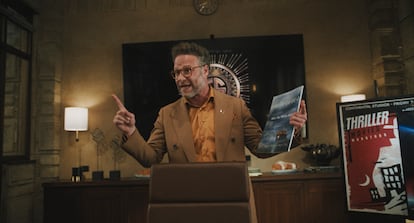
One of the central themes of the series is the current state of the film industry. The studio in Rogen’s series produces exclusively for theatrical releases, doesn’t have a major blockbuster franchise, and doesn’t have its own streaming platform. On top of that, the entire process of getting a movie off the ground seems fraught with obstacles that can derail everything.
“It’s always been hard to get a movie off the ground,” Rogen reflects. “But it used to be that Chinatown and Annie Hall and Rosemary’s Baby were the most successful movies of the year and won Oscars and were viewed as truly additive to the art form. Those three boxes are rarely ticked these days. It would be like if Anora made more money than Deadpool & Wolverine. That doesn’t really happen anymore, but it used to. The climate of films has changed. A big theme of the show is that like people wish it was how it used to be.”
“So what about this? Anora vs Wolverine,” quips Ike Barinholtz.
“We’re heading there,” says Rogen. “That will happen. There will be Men in Black versus Fast and Furious."
Sign up for our weekly newsletter to get more English-language news coverage from EL PAÍS USA Edition
Tu suscripción se está usando en otro dispositivo
¿Quieres añadir otro usuario a tu suscripción?
Si continúas leyendo en este dispositivo, no se podrá leer en el otro.
FlechaTu suscripción se está usando en otro dispositivo y solo puedes acceder a EL PAÍS desde un dispositivo a la vez.
Si quieres compartir tu cuenta, cambia tu suscripción a la modalidad Premium, así podrás añadir otro usuario. Cada uno accederá con su propia cuenta de email, lo que os permitirá personalizar vuestra experiencia en EL PAÍS.
¿Tienes una suscripción de empresa? Accede aquí para contratar más cuentas.
En el caso de no saber quién está usando tu cuenta, te recomendamos cambiar tu contraseña aquí.
Si decides continuar compartiendo tu cuenta, este mensaje se mostrará en tu dispositivo y en el de la otra persona que está usando tu cuenta de forma indefinida, afectando a tu experiencia de lectura. Puedes consultar aquí los términos y condiciones de la suscripción digital.
More information
Archived In
Últimas noticias
Maduro pleads not guilty before the federal court in New York: ‘I am still the president of Venezuela’
A new test can detect Alzheimer’s from a finger prick
UN team enters Sudanese city of El Fasher after paramilitary massacre: ‘It’s like a ghost town’
A recipe for resistance: Indigenous peoples politicize their struggles from the kitchen
Most viewed
- Gilles Lipovetsky: ‘If you want to live better and fall in love, take Prozac, don’t look to philosophy’
- Alain Aspect, Nobel laureate in physics: ‘Einstein was so smart that he would have had to recognize quantum entanglement’
- Alvin Hellerstein, a 92-year-old judge appointed by Bill Clinton, to preside over Maduro’s trial in New York
- Why oil has been at the center of Venezuela-US conflicts for decades
- Maduro’s downfall puts China’s relationship with Venezuela to the test
